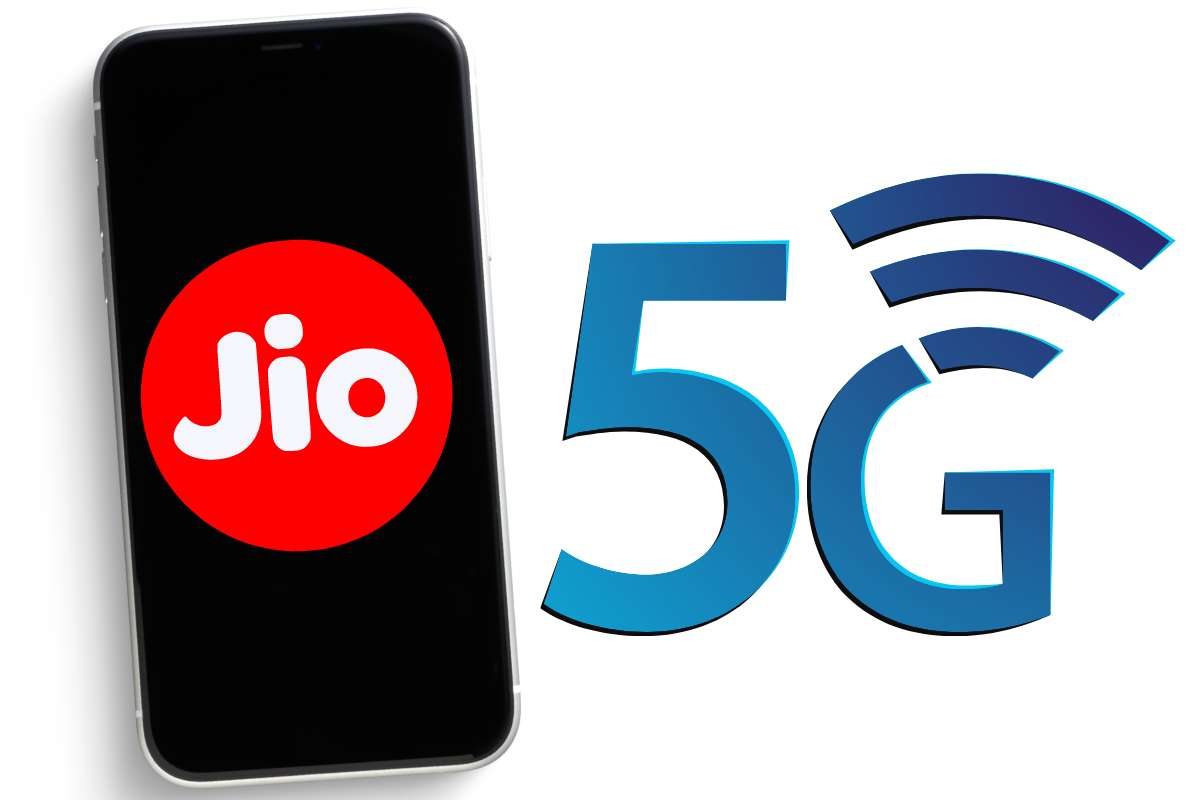5G networks are going to be a part of Indian users’ regular life if Jio’s plan of rolling out 5G for every town in India by the end of December 2023 comes true. But there are two types of 5G that Indians are going to see. Jio is going for 5G SA (standalone), while the other private telecom operators, including Vodafone Idea (Vi) and Bharti Airtel, would go for 5G NSA (non-standalone). Let’s look at the differences between the two and understand why Jio is going a different way.
5G SA vs 5G NSA: Basic Differences
From the words themselves, you can take a hint. 5G standalone (SA) means a network that has its independent infrastructure and can stand on its own. Whereas 5G non-standalone (NSA) requires a 4G core to function. Network service providers who already have a 4G network can quickly upgrade to 5G NSA without having the need to spend much on infrastructure. But with 5G SA, infrastructure deployment costs rise significantly, and the deployment also takes more time.
Why Jio is Going with 5G SA?
5G SA is definitely a more expensive way to deliver 5G to consumers as compared to 5G NSA. While all the other operators are going to 5G NSA, Jio is going for 5G SA because of the capabilities of a 5G SA network. Mukesh Ambani, Chairman, Reliance Industries Limited (RIL), had said that 5G NSA doesn’t offer any breakthrough performance, which is why Jio will go for 5G SA. What’s also worth noting here is that Jio can actually afford to go with 5G SA even though it is more expensive. Moreover, one day, every 5G NSA operator would have to switch to 5G SA and Jio is just doing that now. There could be a few issues here for Jio, such as a non-existent ecosystem of 5G devices which support SA networks. 5G SA is known to reduce power consumption as it doesn’t need to operate with 4G LTE. Further, 5G SA can support more use cases of 5G, which the NSA networks can’t.
